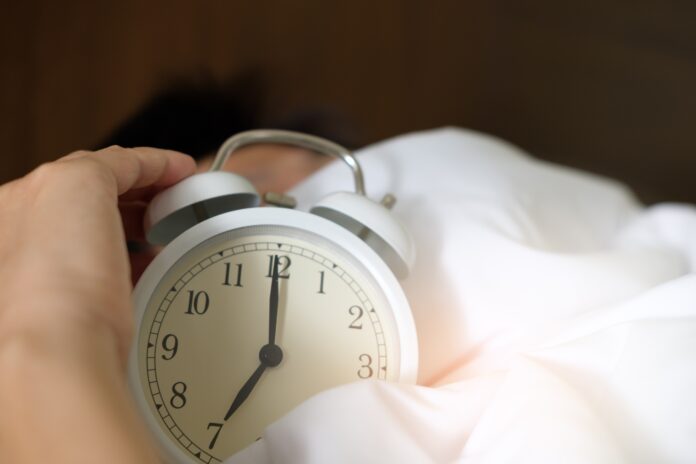Philips has failed substantially and structurally in handling a recall of apnea devices. The Health and Youth Care Inspectorate (IGJ) confirmed this on Thursday after reports from Nieuwsuur. Patients are at risk of inhaling or swallowing pieces of foam rubber through the devices. They should be much better informed about the replacement and repair plan, according to the inspection.
The IGJ reports that this increases the pressure on Philips. A spokesman explains that there has been contact with the company for some time about the handling. However, the inspectorate has now reached the point where it will make these kinds of statements. “We expect Philips to provide a concrete action plan. The patients, practitioners and other stakeholders should be informed about the planning and progress of the replacement and repair plan.”
Rough start
Philips says in a response that it takes the criticism to heart. “It is fair to say that we had a rough start with this safety notification and that the sheer size of it makes it a very complex process with uncertainties. We regret that, and we are working hard to give people more certainty as soon as possible.” The company expects that arranging new or repaired devices for affected customers will be 90 percent complete by the end of this year.
Additional issues
In addition to the problem of loose pieces of foam rubber, a chemical vapour can also come off the device. Nevertheless, people with apnea who use a Philips device to keep breathing properly in their sleep are advised by the IGJ to continue doing so. The data that are currently known do not indicate harmful effects in the long term, as the inspection service stated previously.
Laboured breathing
People with apnea suffer from laboured breathing during their sleep. This not only means that the patients are not rested in the morning. They are at increased risk of cardiovascular disease, high blood pressure, and diabetes in the long term.
Source: Omroep Brabant
Translated by: Shanthi Ramani
















